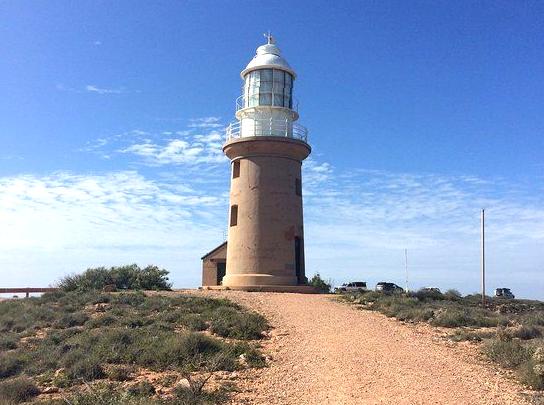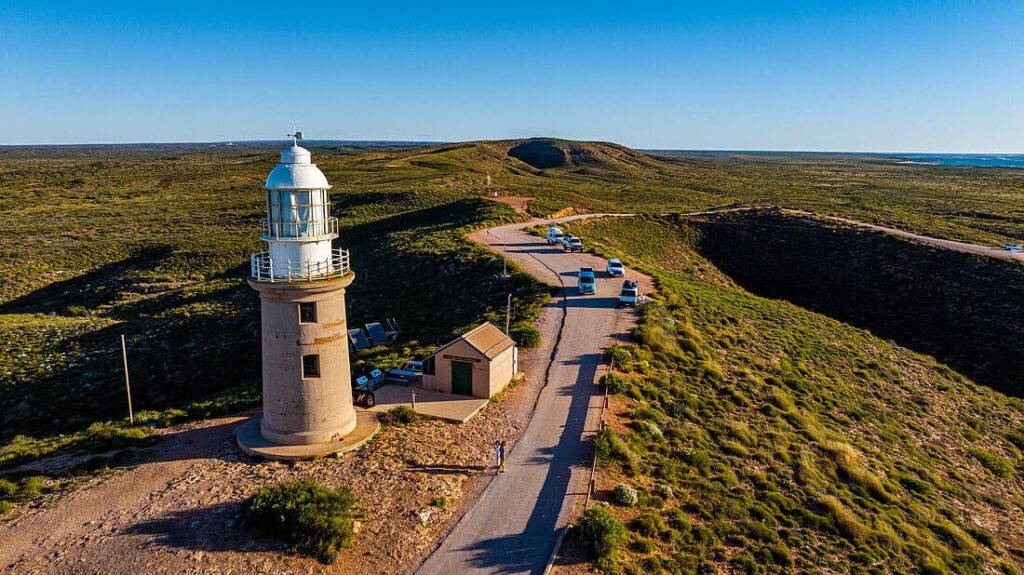
Perched majestically on the tip of North West Cape in Exmouth, Western Australia, the Vlamingh Head Lighthouse is a must-visit site for any history enthusiast or nature lover. This article explores the fascinating history of the lighthouse, the stunning views it offers, and why it should be on your travel itinerary.

History of Vlamingh Head Lighthouse
The Vlamingh Head Lighthouse was built in 1912 and has since guided countless vessels safely along the coast. Named after the Dutch explorer Willem de Vlamingh, the lighthouse stands as a key historical landmark in Exmouth. The structure reflects early 20th-century architecture and maritime history, making it a fascinating site for those interested in Australia’s nautical heritage.
Significance of the Lighthouse
This lighthouse isn’t just a historical monument; it also plays a vital role in maritime navigation. Despite being decommissioned in 1969, Vlamingh Head Lighthouse’s location is crucial for offering panoramic views of the Indian Ocean. The structure and its surroundings provide insights into the evolution of maritime safety and technology.

Activities and Experiences
Visitors to the Vlamingh Head Lighthouse can engage in a variety of activities:
- Guided tours to learn about its history.
- Whale watching during migration season.
- Photography of the breathtaking sunsets over the Indian Ocean.
- Exploring nearby beaches and snorkeling spots.
- Star gazing on clear nights.
Nearby Attractions
While the Vlamingh Head Lighthouse is a highlight in itself, there are several other attractions in close proximity that can enrich your visit. The Ningaloo Reef, one of the largest fringing reefs in the world, is just a short drive away. You can also visit the Cape Range National Park for a variety of hiking trails and wildlife viewing opportunities. These sites collectively offer a comprehensive and invigorating experience.

Practical Information for Visitors
When planning your visit to the Vlamingh Head Lighthouse, it’s essential to consider a few practical aspects:
- Opening hours: Typically open to the public during daylight hours.
- Best time to visit: Early mornings or late afternoons for the best light and fewer crowds.
- What to bring: Comfortable walking shoes, a hat, sunscreen, and a camera.
- How to get there: The lighthouse is easily reachable by car from Exmouth, with ample parking available.

Conclusion
Visiting the Vlamingh Head Lighthouse offers a unique blend of history, natural beauty, and a variety of engaging activities. Whether you’re a history buff, a nature lover, or simply looking for a scenic spot to unwind, this iconic lighthouse is a destination you shouldn’t miss. Its rich history, coupled with the stunning vistas it offers, ensures that your visit will be both educational and breathtaking.
Frequently Asked Questions (FAQs)
1. Can you visit the Vlamingh Head Lighthouse at night?
While the lighthouse itself is usually not accessible at night, the area around it is open for stargazing and night photography.
2. Is there an entry fee for the lighthouse?
No, visiting the Vlamingh Head Lighthouse is free of charge. However, some guided tours may incur a fee.
3. Are pets allowed at the lighthouse?
Pets are generally not allowed at the lighthouse to preserve the site’s condition and respect local wildlife.
4. What is the best time of year to visit?
The best time to visit is during the cooler months from April to October for comfortable weather and optimal outdoor experiences.
5. Can you climb to the top of the lighthouse?
Currently, climbing to the top of the lighthouse is not permitted for safety reasons. However, the surrounding area still offers spectacular views.
